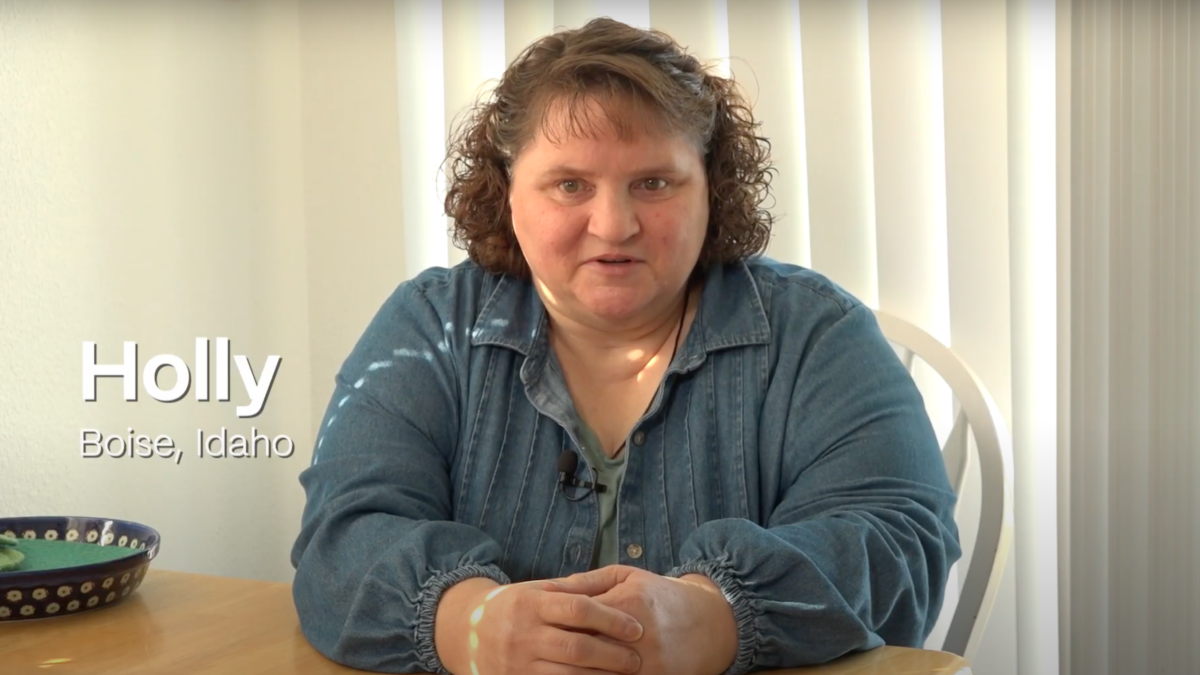Policy Options to Create a Person-Centered Enrollment Infrastructure for Medicare-Medicaid Enrollees
About the Report
Community Catalyst took a deep dive on the policy and procedures behind enrollment for dually eligible individuals — that is, people who are eligible for both Medicaid and Medicare. Our goal was to directly engage people who use both Medicaid and Medicare, beneficiary advocates, enrollment assisters, community-based organizations, and other critical stakeholders. This approach ensures that policy recommendations actually reflect the communities most impacted.
People dually eligible for Medicare and Medicaid face overwhelming enrollment decisions that significantly impact their health outcomes. Not only do they face an increasingly complex, integrated care enrollment landscape, they have limited trusted resources to turn to for assistance. There is both too much information and too little — while dually eligible individuals receive a barrage of marketing information about their plan options, they receive very few opportunities to meet with a neutral, knowledgeable person who can empower them to make an informed choice. This overwhelming decision-making process affects both people who are dually enrolled in Medicaid and Medicare, and the overall implementation of integrated care. Addressing these issues is critical to build a Medicare-Medicaid system that empowers individuals to make informed health care decisions.
In previous research on understanding dually eligible individuals’ perspectives on enrolling or not enrolling in integrated care programs, we uncovered critical findings about the immense confusion that dually eligible individuals experience in the enrollment process and the lack of support to assist them in understanding their options. This study builds upon that knowledge through in-depth policy research and analysis that defines and advances solutions to these challenges.
As such, this research explores the prospect of a federal resource hub — with investments in community and direct-services organizations — as a way to address the information and resource gaps that dually-eligible people experience.
“You’re back and forth and you’re just all over the place. It gets confusing for us. So, I can only imagine what it’s like for the person on the other side of the desk.”
Our research approach included three components:
- Federal policy analysis
- Federal and state-level interviews to better understand the outreach, education, and enrollment landscape
- Listening sessions with enrollment and education assisters and dually-eligible individuals.
We focused on how the federal government could support two policy objectives:
- A federal resource hub: a central place where people can learn about what it means to be dually eligible for Medicaid + Medicare, and how to enroll in both programs. On a larger scale, this hub would support related programs like the State Health Insurance Assistance Programs (SHIPs).
- A robust training program: a learning pathway for community-based organizations and direct-service organizations to support enrollment for dually eligible individuals. The training program would recognize and respond to the different roles that organizations play (including State Health Insurance Assistance Programs or SHIPs), and include specialized training sessions and resources.
Based on our research, we recommend the following:
- CMS should lead the development of a resource hub for dually eligible individuals
The federal government has the knowledge, resources, and centralized communications to realize the full potential of a resource hub for Medicaid + Medicare dually eligible individuals. In particular, the Medicare-Medicaid Coordination Office (CMS Duals Office) has the credibility, expertise, and statutory authority granted by Congress to lead such an effort in a way that individual states cannot. CMS should move forward with a resource hub without a federal mandate. - The CMS Duals Office could become a hub for enrollment options counseling
Currently, there is no distinct home for enrollment counseling for dually eligible individuals. A central resource hub can both simplify and improve the dual enrollment process and experience. CMS could also capture better data about dually eligible people and enrollment — which is essential to improve the process and gaps in knowledge. To support the rollout of a resource hub, existing supports such as State Health Insurance Assistance Programs (SHIPs) will need additional resources. - Neutral and unbiased information should be accessible and readily-available
Information is needed both for professionals troubleshooting complex scenarios and beneficiary-facing information that is clear and simple. - Integrate different groups of enrollment assisters
Currently, assisters report that they often have no way to coordinate or work from the same information across Medicare and Medicaid programs, which limits their ability to support people who are dually eligible and need enrollment counseling. Importantly, this integration should include data coordination. By connecting different types of enrollment assisters into a unified network — such as Medicare and Medicaid assisters — a resource hub can create the conditions for better collaboration and information exchange. - Offer personalized assistance
Dually eligible people need someone to walk them through their plan options and offer guidance about which option could be the best fit for their particular needs and preferences. People we spoke with expressed frustration they encountered advice that was not tailored to their needs. They suggested different methods to personalize information, including algorithms and trained counselors. In order to adequately assist individuals, enrollment assisters also need easy access to basic information and things like state portals in order to provide personalized and accurate assistance. - Make enrollment assister information readily available to beneficiaries
In one state, demonstrations included SHIP phone numbers on their initial notices, which help the enrollment assisters reach beneficiaries. Enrollment assisters were able to answer foundational questions for beneficiaries who received notices, ensuring they had the correct basic information. - Make provider networks and medication coverage information readily available to beneficiaries
Many beneficiaries who had negative experiences with integrated care due to provider network or medication coverage issues. This can be prevented with clearer information about the exact benefits of integrated care options.
Contact
For more information, contact Leena Sharma, deputy director at the Center for Community Engagement in Health Innovation at Community Catalyst.
“There’s some terms I can’t understand, so I need somebody that can give me a resource that I can understand.”
